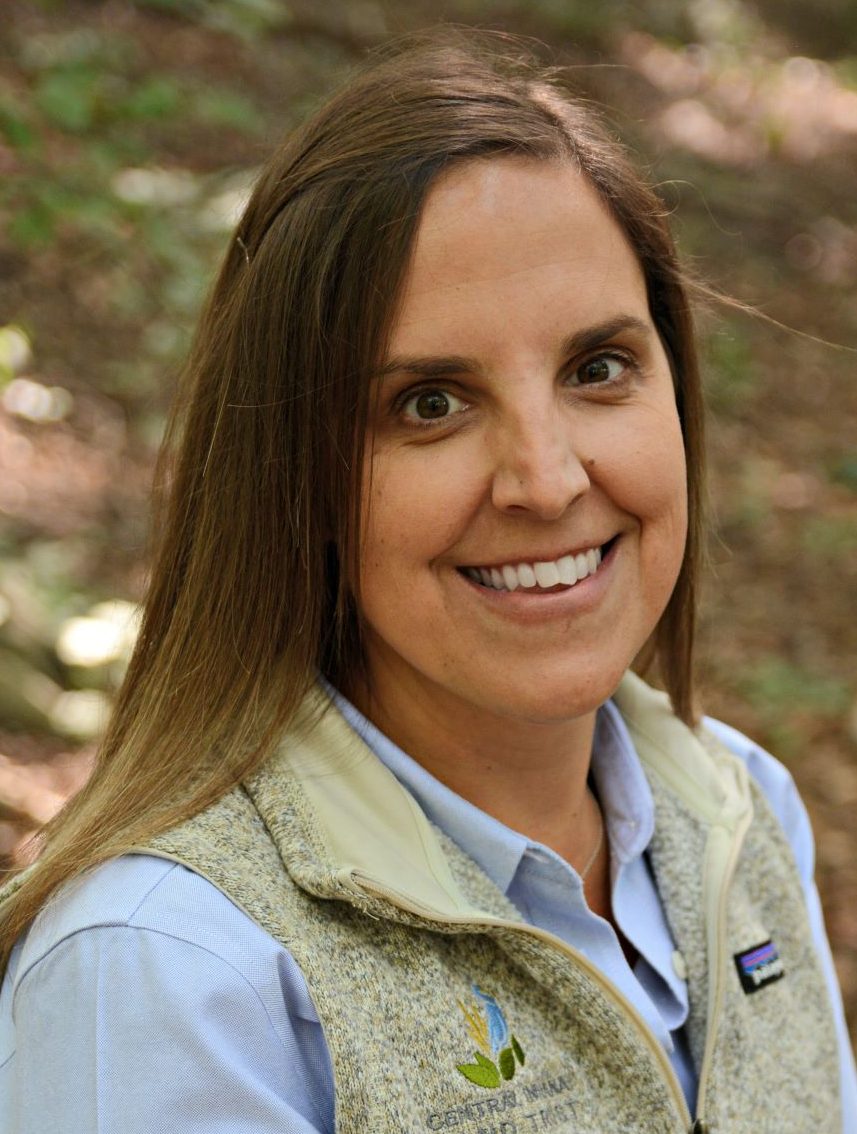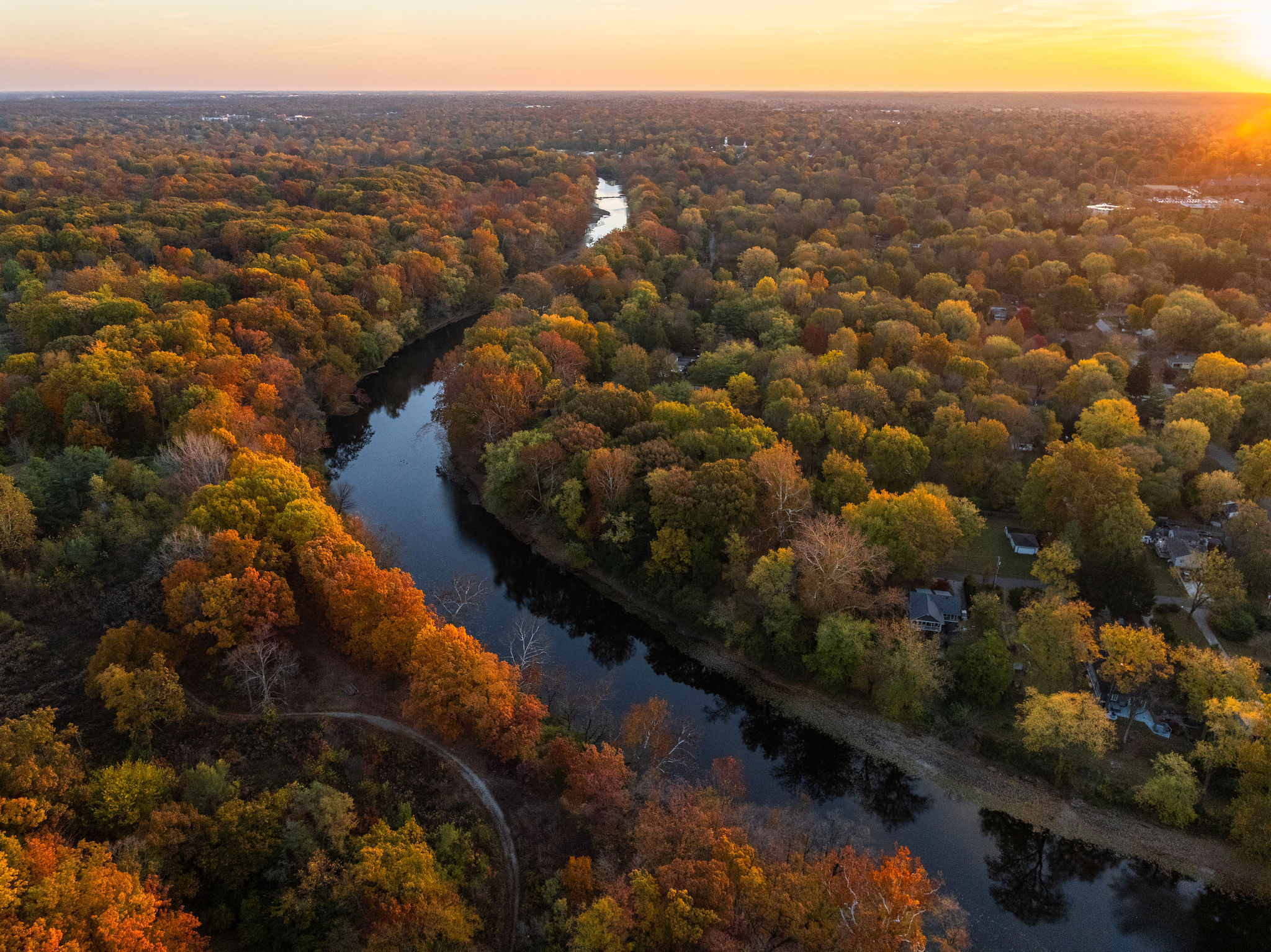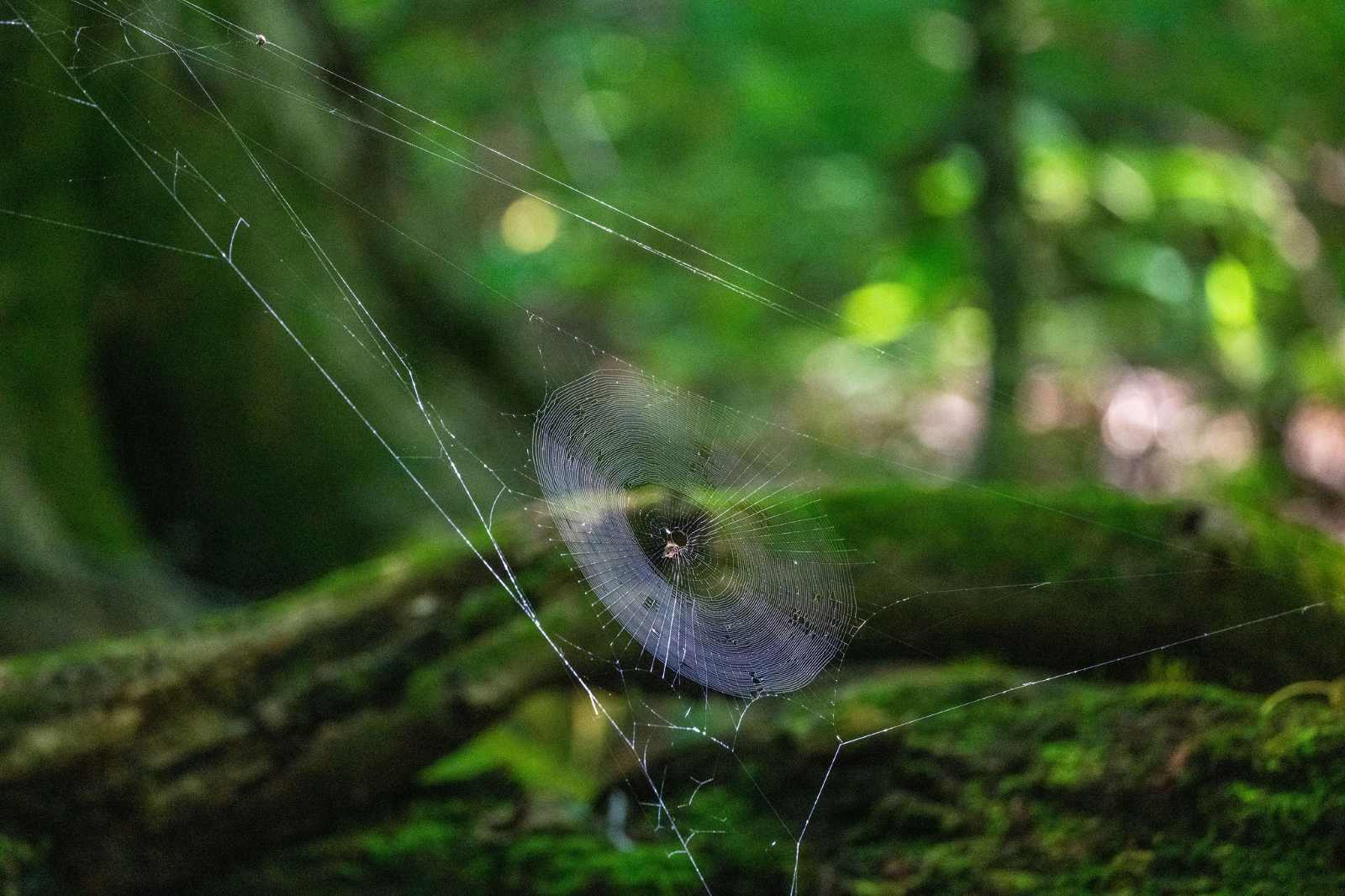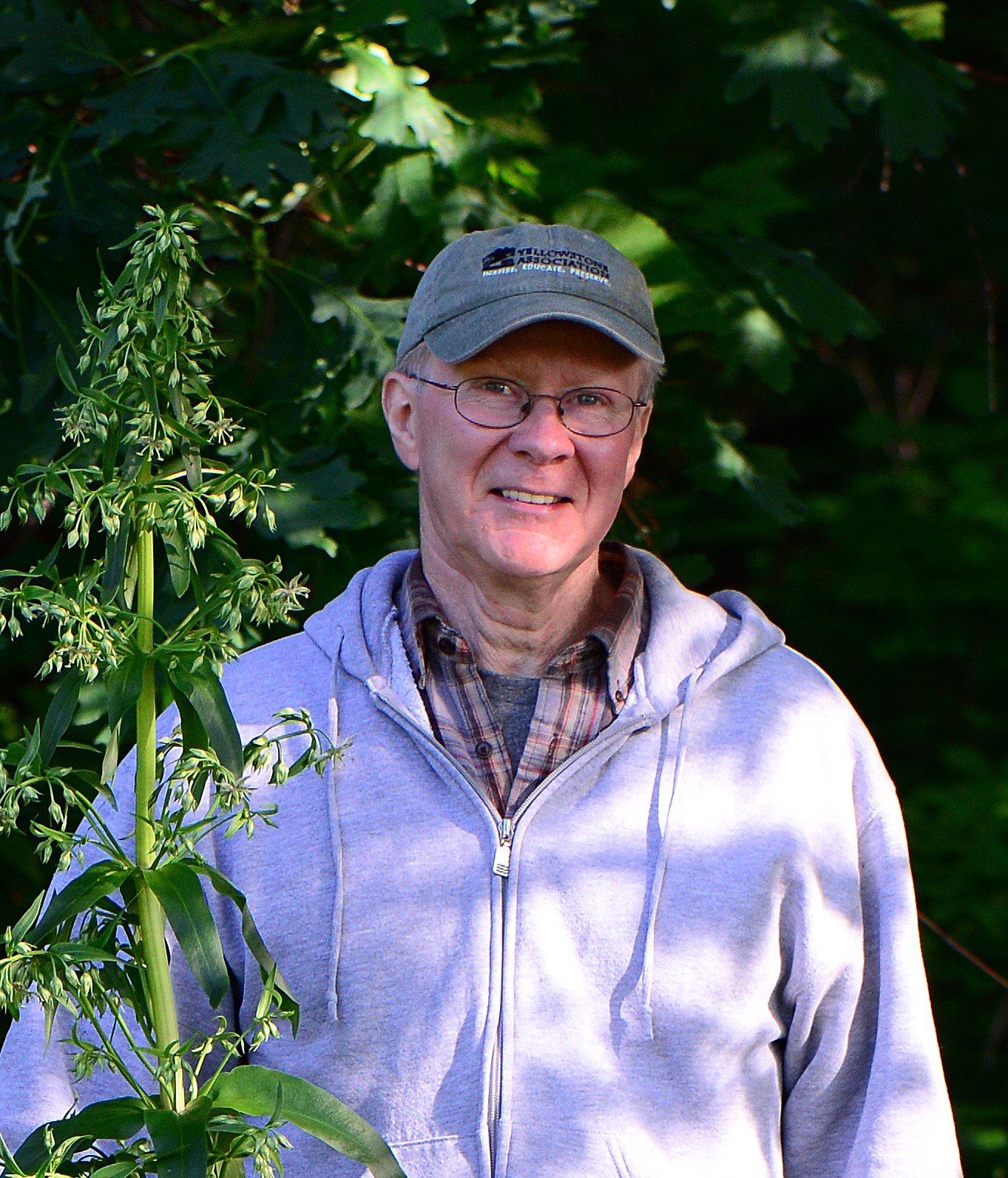
FB Inst May 2019 enews banner Apr 2020 res
Virginia bluebells
What Nature Does in Spring
Written By: Michael Homoya
Date Published: March 23, 2021
Michael Homoya
By Michael Homoya, former state botanist, coauthor of Wake Up, Woods
Even though the early signs of winter’s waning may seem unimpressive to us, to the wild things they provide notice that the big dance is about to begin. Soon birds will pour forth song, salamanders and frogs will seek out vernal pools, and swarms of midge flies will take to the air.
Those that have waited the longest for spring’s arrival are poised to explode into a flurry of riotous living. And a riot it will be, albeit a silent one, as this is an explosion of plant growth. Responding to a few days of warm temperatures and rain, a multitude of plant shoots and buds will pierce upward through the soil’s surface, transforming a drab gray landscape into an ocean of green.
The plants are on a mission, reaching out to capture the sun’s energy. Light is sustenance for plants, and without it they could not exist. Although not obvious to us, plants of the forest floor struggle and compete for this precious commodity. It’s not only a competition with each other, but a race against the clock, as the available light will quickly diminish.
Early rising, short-lived wildflowers are what botanists call spring ephemerals. Emerging in late winter and early spring, they flower, fruit, and disperse seed in a matter of a few weeks. During this time the ephemeral wildflowers bask in the sunlight that passes unimpeded through the naked tree limbs above. When the forest trees have fully leafed out, reducing available sunlight on the forest floor, the ephemerals turn in for an extended period of dormancy. lt will be almost a full year before their return.
The mass blooming of spring ephemerals provides one of the most spectacular wildflower displays anywhere. Thousands, if not millions of flowers of several different species carpet the forest floor, creating a scene unparalleled in even our most well-tended gardens. Spring beauty, Dutchman’s breeches, toothwort, trout-lily, and bluebells are a few of the classic spring ephemeral wildflowers.
Clearly the most common spring ephemeral is spring beauty, it being found in every county of the state. Another well-known spring ephemeral is bluebells. This magnificently beautiful wildflower is most at home in floodplain forests. Where it grows in great masses the sight is unforgettable.
Not all early blooming wildflowers are spring ephemerals. One is skunk cabbage. This is a plant of seepage swamps, and its cluster of small flowers can be found as early as late January. It is remarkable by its ability to generate minute amounts of heat, perhaps to warm its flowers during cold days. Even snow can be melted by the heat produced. After flowering, huge cabbage-like leaves develop and persist well into summer.

Michael Homoya is coauthor of this award-winning book.
As the spring season progresses, and ephemeral wildflowers disappear, the pace is more casual. The new group of wildflowers coming up are not under the time constraints of their early rising neighbors, as they have the remaining growing season to prosper. And since the ephemerals have already received their needs from the environment, there is more space, moisture, and nutrients for the later ones.
Gradually temperatures drop and winter again takes its hold. Spring will seem ever so far away. But take heart – the vernal renewal of life is a tradition since the creation of time, and nothing will get in its way.
Michael Homoya contributed a longer version of this article to Outdoor Indiana magazine in 1996. He tries to reread this piece each winter in anticipation of spring. We are excited to host him on May 2 for a “Wake Up to Spring” wildflower walk and Wake Up Woods reading at Oliver’s Woods. Two times are available. Here’s where to sign up for the noon event or the 3pm event.

Ben Valentine
Guest Blogger
Ben Valentine is a founding member of the Friends of Marott Woods Nature Preserve and is active in several other conservation organizations. He leads a series of NUVO interviews with Indiana's environmental leaders, and he cherishes showing his son all the wonders of nature he grew up loving.

DJ Connors
Guest Blogger
DJ Connors, a Central Indiana native and late-to-life hunter, combines a lifelong appreciation for wildlife and the outdoors with a deep passion for exploring the natural beauty of the area he has called home for most of his life. As a husband and father of three, he is committed to ensuring his children have the same opportunities to connect with nature and appreciate the outdoors in their community. DJ’s unique journey into hunting emphasizes sustainability, responsible stewardship, and the importance of preserving these experiences for future generations.

Bridget Walls
Guest Blogger
Bridget is our first ever Communications and Outreach Intern. She is a graduate of Marian University, where she combined English, studio art, and environmental sciences in her degree studies. As treasurer for Just Earth, the university's environmental club, she helped plan events encouraging a responsible relationship between people, nature, and animals.

Jordan England
Guest Blogger
Jordan England is a lifelong Shelby County resident who graduated from Waldron Jr. Sr. High School (just a few miles from Meltzer Woods!). After earning her B.S. degree in Retail Management from Purdue University, she returned to Waldron to start a family with her husband, Brian. Together they have 3 young children and enjoy sharing with them their love of the community. Jordan is the Grants and Nonprofit Relations Director at Blue River Community Foundation, managing BRCF’s grant program, providing support to local nonprofits, and promoting catalytic philanthropy in Shelby County.

Cliff Chapman
President and CEO
As CILTI’s President and CEO, Cliff keeps CILTI’s focus on good science and stewardship. He’s mindful that the natural places you love took thousands of years to evolve and could be destroyed in a single day, and that knowledge drives his dedication to their protection.

Stacy Cachules
Chief Operating Officer
Among her many key duties as Assistant Director, Stacy has the critical task of tracking our budget, making sure we channel donations for maximum efficiency. When her workday’s done, Stacy loves to spend time with her two young boys—and when not traveling, she’s likely planning the next travel adventure.

Ryan Fuhrmann
Vice Chair
Ryan C. Fuhrmann, CFA, is President and founder of Fuhrmann Capital LLC, an Indiana-based investment management firm focused on portfolio management. Ryan’s interest in land conservation centers around a desire to help preserve natural habitats for wildlife and the subsequent benefits it brings to people and the environment.

Joanna Nixon
Board Member
Joanna Nixon is the owner of Nixon Consulting, an Indianapolis-based strategy and project management firm focused on the nonprofit sector. She currently serves as the Philanthropic Advisor for the Efroymson Family Fund. Prior to opening her consulting practice in 2000, Joanna was vice-president for grantmaking at Central Indiana Community Foundation (CICF). Joanna has more than 25 years of experience in the nonprofit and arts and culture sector. She is passionate about the environment and loves bringing big ideas to life and creating high-quality arts and culture programs and experiences. Joanna enjoys outdoor adventures, including competing in fitness obstacle course races and hiking with her high energy Australian Cattle Dog, Jackson.

Karen Wade
Board Member
Before retiring, CILTI board member Karen Wade worked for Eli Lilly & Co. In retirement she volunteers for a number of organizations, including the Indiana Master Naturalist program, Johnson County Native Plant Partnership CISMA, Meadowstone Therapeutic Riding Center, and Leadership Johnson County.

David Barickman
Development Systems Manager
Born and raised in Central Illinois, David spent many days as a child wandering around the river, forest and lakes there. He works behind the scenes as a key member of our fundraising team. When not working, David loves to be outdoors hiking, fly fishing, kayaking or woodworking.

Jamison Hutchins
Stewardship Director
Jamison leads our stewardship team in caring for the land that is so important to you. He comes to our team after eight years as Bicycle and Pedestrian Coordinator for the city of Indianapolis, where his work had a positive impact from both health and environmental perspectives.

Jen Schmits Thomas
Media Relations
An award-winning communicator and recognized leader in Central Indiana’s public relations community, Jen helps us tell our story in the media. She is the founder of JTPR, which she and her husband John Thomas own together. She is accredited in public relations (APR) from the Public Relations Society of America, and loves to camp and hike in perfect weather conditions.

Shawndra Miller
Communications Director
Shawndra’s earliest writing projects centered around the natural world, starting when a bird inspired her to write her first “book” in elementary school. Now she is in charge of sharing our story and connecting you to our work. Through our print and online materials, she hopes to inspire your participation in protecting special places for future generations.

Phillip Weldy
Stewardship Specialist
Phillip enjoys nature’s wonders from an up-close-and-personal perspective as he works to restore the natural places you love. As an AmeriCorps member in Asheville, NC, he had his first full immersion in relatively undisturbed land while reconstructing wilderness trails in National Parks and National Forests.


December 11, 2025
Brown County is beloved for its vistas of iconic Southern Indiana hills. Now the forests under protection in the county include another 89 acres. That’s all thanks to our members’ generosity!
Betley Woods,Blossom Hollow,Callon Hollow,Newsroom,Properties


December 9, 2025
Board member Ryan C. Fuhrmann, CFA, is President and founder of Fuhrmann Capital LLC, an Indiana-based investment management firm. As our incoming board chair, Ryan brings a strong desire to preserve natural habitats for wildlife. We asked him to share his perspective on making gifts of stock to the [...]
Newsroom


December 2, 2025
Our board member, John Bacone, reflects on conserving key natural areas. He led the Department of Natural Resources Division of Nature Preserves for over four decades. Years ago, when I was working in the Indiana DNR Division of Nature Preserves (DNP), I asked Bob Waltz, the State Entomologist, how [...]
Betley Woods,Blossom Hollow,Homepage,Meltzer Woods,Newsroom,Properties,Stewardship




























